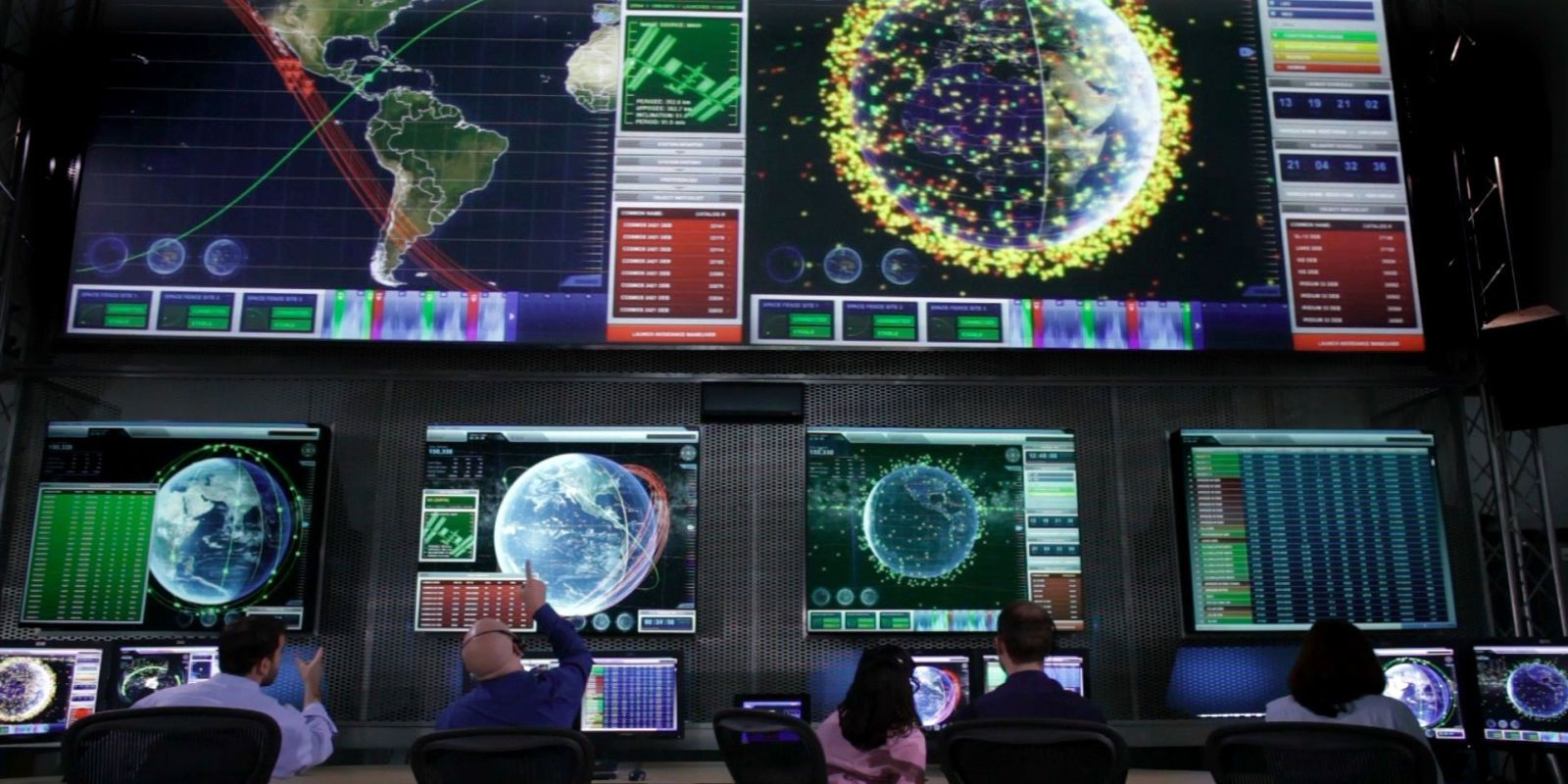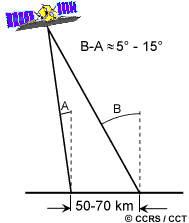

Part of Space Fence’s new capability, for example, involves optical sensors that can be used to identify debris. “It will have more capability than any of the systems currently in inventory, provide more sensitivity, and have the ability to track more objects.”
SPACE WARFARE RADAR DISPLAY SERIES
“Space Fence will become part of the Space Surveillance Network, which is a whole series of radars and optical sensors on the ground and in space charged with discovering where objects are and then tracking them in low-Earth orbit,” Bruce explains. Lockheed Martin’s Space Fence design combines a scalable solid-state S-band radar with a higher wavelength frequency capable of detecting much smaller objects than the Air Force’s Space Surveillance Network. We rely on a variety of satellites for nearly every aspect – including GPS, banking, and telecommunications – of our interconnected lives now. Military satellites are not the only space assets that need to be protected from space junk. “An astronaut’s glove from a spacewalk, dead satellites, and other equipment that used to be operational are currently among the items in orbit,” explains Steve Bruce, vice president for advanced systems at Lockheed Martin Mission Systems and Training. With every space launch, there is always a risk of creating more space junk via rocket engines and other material jettisoned off, if it is not planned and carried out with foresight. Iridium commercial satellite, it added more than 2,000 pieces of trackable debris (see Figure 1).įigure 1: Pictured is a radar-generated graphical image of space junk in low-Earth orbit. And in 2010, when a defunct Russian satellite collided with and destroyed a functioning U.S.

In 2007, for example, China’s anti-satellite test, which used a missile to destroy an old weather satellite, contributed 3,000 more pieces of space junk to be tracked.

Now the Air Force’s Space Surveillance System, which tracks more than 200,000 pieces of debris, will soon be enhanced by “Space Fence,” a fully digital S-band radar system being built by Lockheed Martin, capable of tracking debris as small as 10 centimeters.Ĭlearly, as space junk continues to proliferate at a rapid pace, it’s critical to be able to know not only where all of this debris is – so that it can be avoided during critical space launches and missions, or to maneuver satellites that cost hundreds of millions of dollars out of harm’s way – but also to be able to identify what exactly it is.Īt the heart of the problem is that space junk begets more space junk. “collisions” – with satellites and spacecraft. Air Force has maintained a highly accurate catalog of objects within low-Earth orbit that are larger than the size of a softball, sharing responsibility with NASA for providing situational awareness of this environment to avoid potential conjunctions – a.k.a. Air Force by Lockheed Martin to better identify and track space junk to help protect military satellites and other space assets by preventing conjunctions and the creation of more debris ? hurtling along at speeds of 17,500 mph - within low-Earth orbit. Space Fence, a fully digital S-band radar system, is being built for the U.S.


 0 kommentar(er)
0 kommentar(er)
